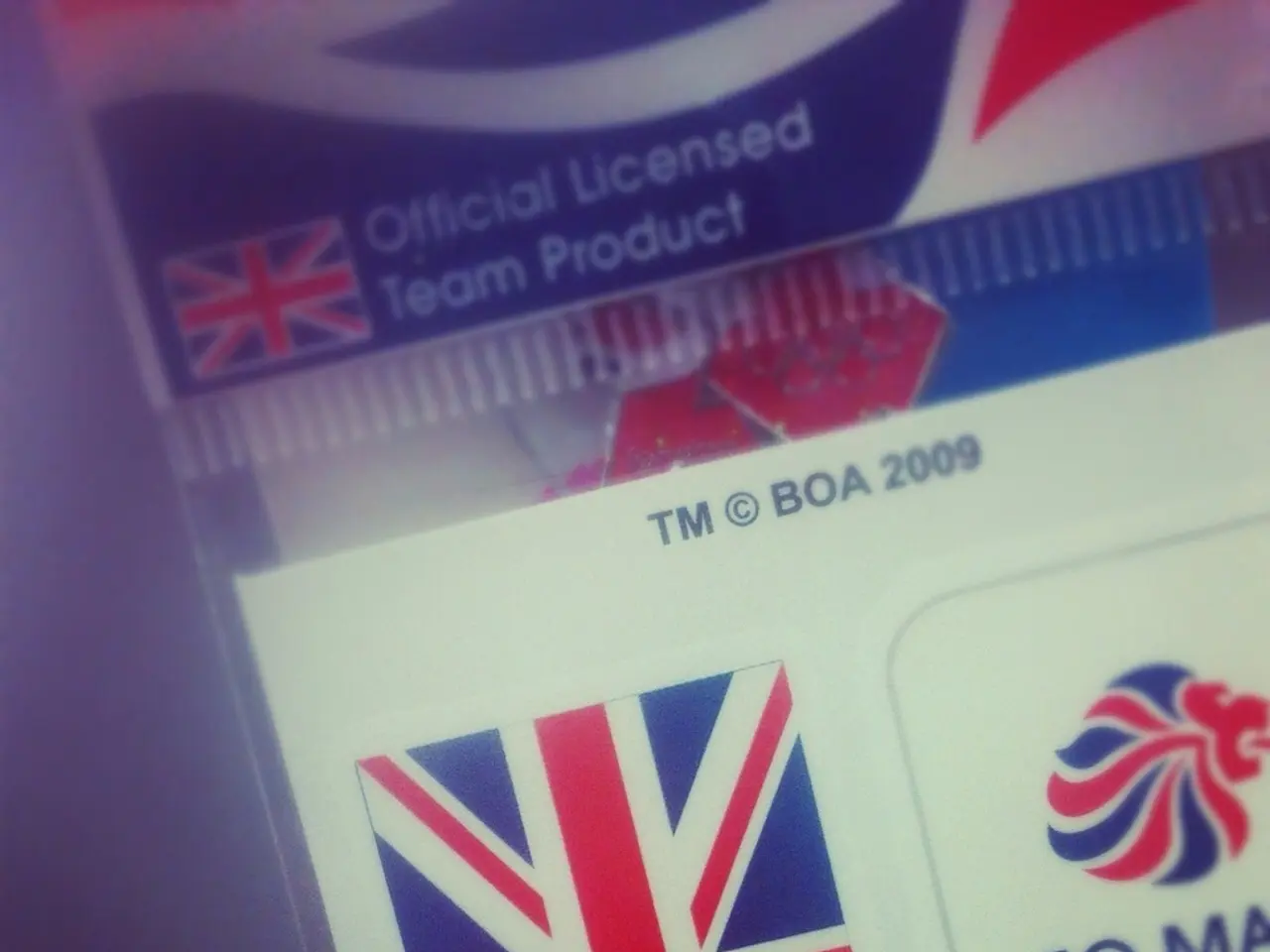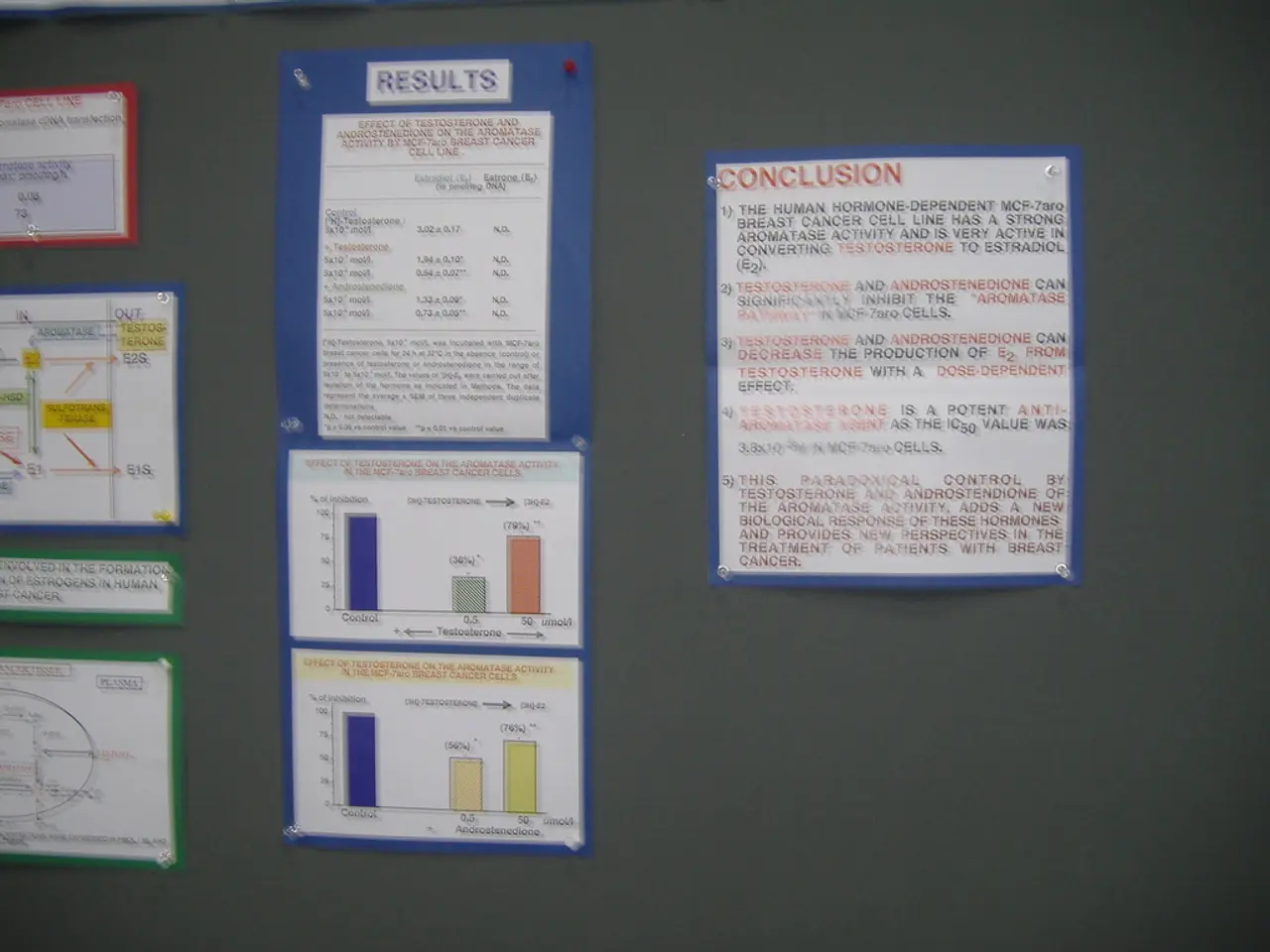Guide to Understanding Your Restaurant KPIs
Essential Restaurant Metrics to Monitor in the Year 2025
Want to master your restaurant's online operations and boost your in-house performance? This guide dives into eight essential key performance indicators (KPIs) - five for online restaurant solutions and three for in-house management. By tracking these metrics, you'll consistently spot improvement areas, optimize your resources, and elevate your restaurant's success.
So, let's dive in!
5 online restaurant KPIs to elevate your operations
As a restaurant owner, you face countless challenges in keeping your service top-notch and ensuring diners walk away satisfied. Problems like dips in sales, cash flow, or reduced profit margins can crop up.
Tracking specific KPIs can help you effortlessly pinpoint issues, focusing on ways to best utilize your budget, team, and time. In this section, we'll first talk about online KPIs for restaurants that offer delivery, pick-up, or online ordering to their customers. To clarify, what is a restaurant KPI?
What is a KPI?
A KPI (Key Performance Indicator) is a measurable value that allows you to gauge your restaurant's performance and success over a given period. KPIs can help you evaluate aspects such as sales and revenue, customer experience, food costs, etc.
KPIs are vital for assessing your restaurant's strengths and weaknesses and making informed decisions to improve both. Without further ado, let's get into the first KPI.
KPI #1: Food Cost Percentage
The food cost percentage (FCP) shows the cost of food ingredients used in a dish as a percentage of total food sales. This KPI is crucial because it reveals your restaurant's profitability.
Why monitoring FCP matters:
- Helps you establish appropriate food pricing, ensuring the price covers the cost of goods sold (COGS) and labor costs, which together make up your prime cost.
- Promotes efficient food inventory management, minimizing food waste, tracking unused ingredients, and maximizing gross profit.
Calculating FCP:
To calculate FCP, use the following formula:
Food Cost Percentage = (Cost of food ingredients / Overall food sales) * 100%
For instance, let's break down a salmon dish:
- 1 salmon fillet: $2.30
- 10 oz mashed potatoes: $0.15
- 5 oz wilted spinach: $0.40
- 3 oz sauce: $0.30
- 10 oz quinoa: $0.30
The cost of our salmon dish ingredients equals $3.45. Therefore, the food cost percentage would be: $3.45 / $15 * 100 = 23%.
To calculate your overall food cost percentage over a specified period, use:
Food Cost Percentage = [((Beginning inventory + Purchases) - Ending inventory) / Total food sales] * 100%
This KPI isn't fixed. The food cost percentage varies depending on the type of food served and your restaurant's operating expenses. However, the food cost percentage should ideally be between 28 to 35% of revenue to run a successful restaurant.
KPI #2: Customer Retention Rate (CRR)
The customer retention rate measures the percentage of customers that continuously dine at your restaurant over a specific period.
The benefits:
- Assesses your restaurant's ability to retain both first-time and existing customers over time.
- Checks whether your customer retention and loyalty strategies are working effectively.
KPI #3: Average Order Value (AOV)
If you aim to boost your gross profit value, growing the customer base alone isn't enough. To do this, you'll want to increase your AOV. This KPI represents the average amount of money each customer spends per order at your restaurant.
The reasons:
- Increasing the AOV enhances your overall profitability and total revenue by using techniques such as upselling, cross-selling, product bundles, tips, etc.
KPI #4: Customer Lifetime Value (CLV)
The customer lifetime value (CLV) calculates the revenue a restaurant can reasonably expect from customers throughout their lifetime with your business.
The importance:
- Focusing on CLV helps you adopt a customer-centric business strategy, focusing on customer satisfaction, loyalty, and retention.
- Lower customer acquisition costs (CAC) due to driving profit from existing clients. Keep in mind that it often costs 5 to 25 times more to acquire a new customer than to retain an existing one.
KPI #5: Cart Abandonment Rate
The cart abandonment rate refers to the percentage of customers who add items to their shopping cart but exit before completing their purchase. Keeping this rate as low as possible is essential for restaurant success.
The significance:
- Regularly analyzing your cart abandonment rate helps identify reasons for cart abandonment (such as unexpected shipping costs, a complicated checkout process, account creation, etc.). Implementing strategies to correct these issues diminishes your cart abandonment rate.
Top In-House Restaurant KPIs for Optimizing Your Operations
KPI #1: Employee Turnover Rate
Employee turnover rate measures the rate at which employees leave your business. High employee turnover can hurt efficiency, customer service, and overall morale.
KPI #2: Table Turnover Rate
The table turnover rate shows how quickly tables are cleared and reset to accommodate new customers. A high table turnover rate allows your restaurant to serve more customers and increase revenue.
KPI #3: Average Table Occupancy
Average table occupancy indicates the percentage of time customers occupy a restaurant's tables, giving you insight into how efficiently your restaurant utilizes its available seating capacity.
Track the Most Important KPIs for Your Restaurant Success
Continuously monitoring your restaurant's KPIs is vital to maintaining success and growing your business. Keeping a close eye on these KPIs will help you recognize opportunities to optimize your digital operations, deliver exceptional dining experiences, and boost your profits.
- To optimize cross-selling opportunities and increase the Average Order Value (AOV), consider offering product add-ons or bundles to your customers during the online ordering process.
- By keeping track of the cart abandonment rate, restaurant owners can identify and address issues in the online checkout process that might deter customers from completing their orders.
- Technology can play a significant role in improving order management efficiency, as it streamlines practices like online ordering and table ordering, ensuring a smooth customer experience.
- To maximize profitability, it's essential to establish an appropriate food cost percentage (FCP) that covers cost of goods sold (COGS) and labor costs. Monitoring this KPI assists in making informed decisions regarding food pricing and inventory management.




